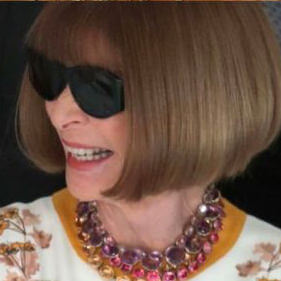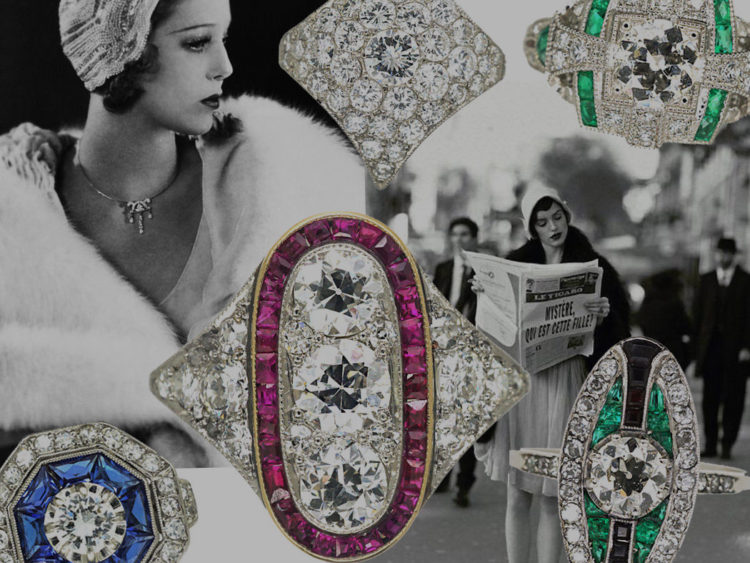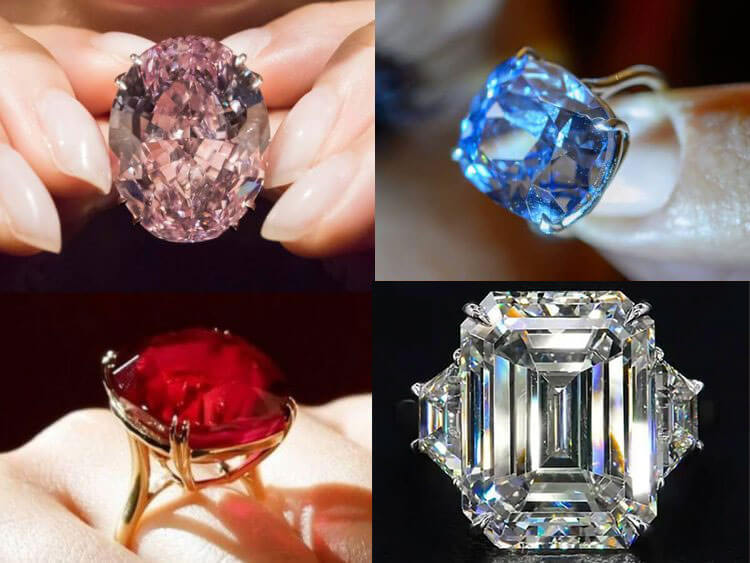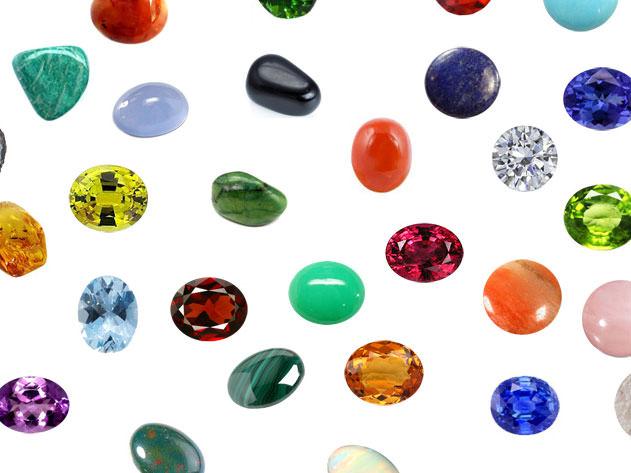-
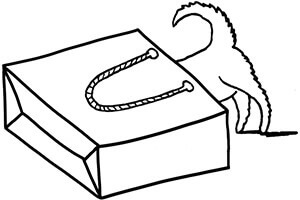
Your Shopping Bag is empty
A Guide to Victorian Jewellery
The Victorian era was a period of immense change. It saw the advent of automobiles, electricity, indoor plumbing, photography, and media. Big leaps in technology mean big leaps in fashion and Victorian jewellery was no exception. The Victorian dress became elaborate, and ornate with fussy layers and conservative, high necklines. So the jewellery had to be even more heavy and ornate enough to compete. Throughout all this change one thing stayed constant and that was the reigning monarch- Queen Victoria- British icon and fashion icon.
A Little (or a lot) About Victoria Herself
Through her 63 year and 7 month reign, the extraordinary Queen Victoria. Vic directly influenced everything from politics and morality to fashion and furniture. Queen Victoria’s portrait was everywhere during her reign. Photography and media were in their infancy but allowed the Queen’s image to become public property. Her style was widely emulated by the nation and beyond; never before had a monarch been such an “influencer”. Queen Victoria adored jewellery and wore it every day. This of course triggered a public fascination, or rather fashion, for wearing jewellery. Advances in technology meant that a lot of Victorian jewellery was machine-made – with Birmingham at the heart of the industry – and could now be for the masses.

Victoria received heaps upon heaps of jewellery throughout her life to mark her many milestones. She inherited a great deal too, altering jewels from previous generations to suit her style. The sentimental value of jewellery was of enormous importance to Victoria, as it was for her subjects throughout this era.
The Victorian Era is divided into three phases: the Romantic Period; the Grand Period and the Aesthetic Period.
The Romantic Period (1837-1860)
As a couple, Albert and Victoria created something of a public frenzy. Their youth and romance inspired the deeply nostalgic, whimsical mood of the early Victorian era, also known as the Romantic Period.
Design
Religion and love were central to this period. The style was feminine and pretty, following the Georgian era, and jewellery from this time was still hand-made and charmingly ‘uneven’. Intricate floral themes were carved into gold, and designs were embedded with many small pearls or gemstones.
Recurring jewellery motifs from this time include hands, hearts, crosses, and knots. Motifs inspired from nature, such as snakes, birds, flowers and trees, were popular. Queen’s Victoria’s own engagement ring was a snake ring, embedded with an emerald – her birthstone. As a result, snake jewellery – notably rings and bracelets – was particularly popular in the Victorian era as the symbol of eternal love.

Styling
Women in this era wore their hair parted in the centre and pinned up with hair covering their ears, often further covered by a fashionable large bonnet, so earrings, if worn at all, had to be long drops to be visible. Victorian women wore necklaces close to the neck including lockets, pendants, and flashier rivieres. They also stacked multiple bracelets during the day and evening- a trend very popular today. It became popular to own expanding or flexible bracelets to accommodate the gloves worn with evening gowns.
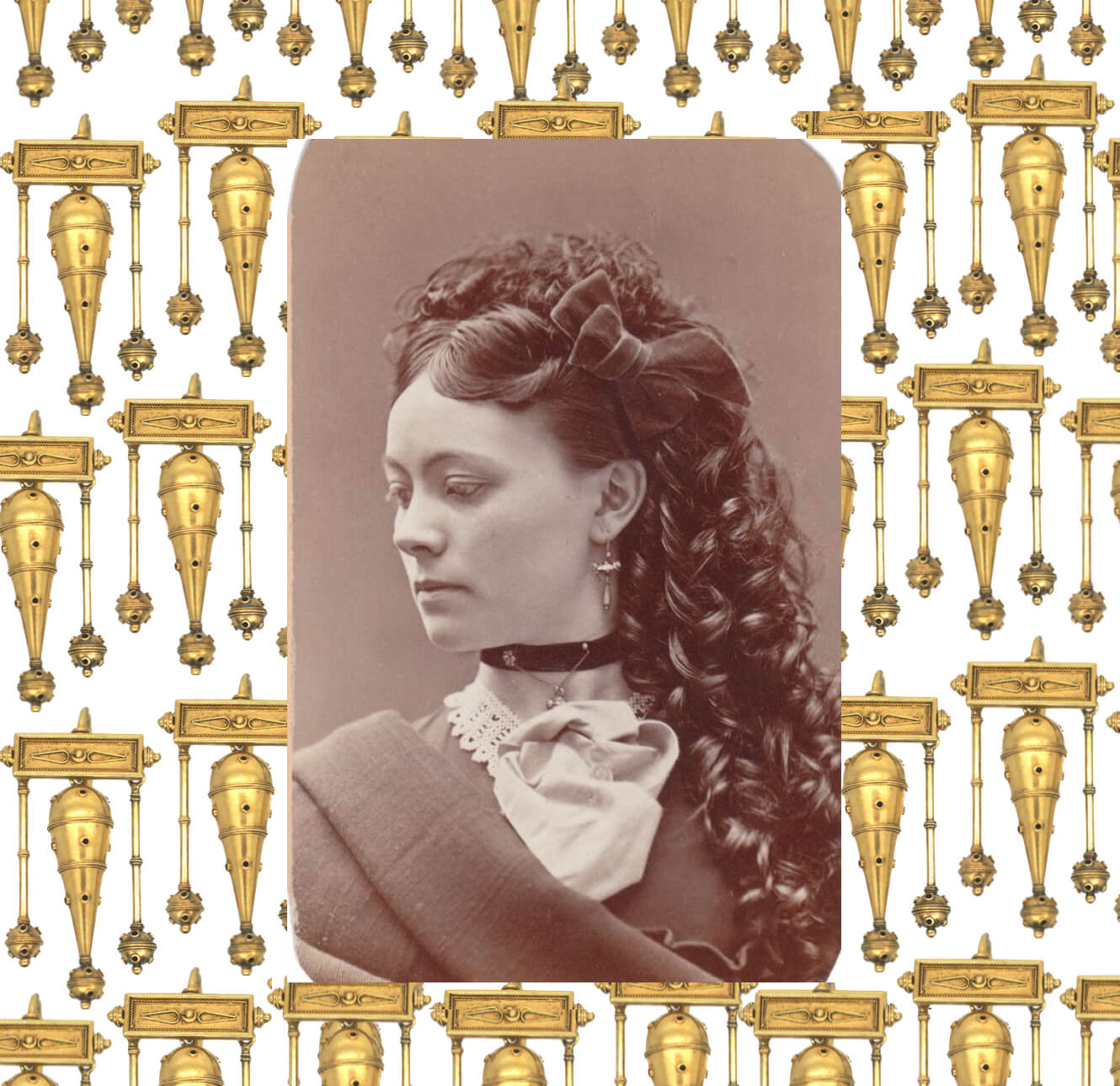
Materials
Victoria loved cameos, which were very popular in this period, particularly in coral, a widely used material during the Romantic Period. Similarly, portrait miniatures featured often. In this period Gold, pearls, turquoise, diamonds, enamel, coral, hair, and ribbon were the champion materials for jewellers.
A Wee Bonnie Trend

In 1848 Victoria and Albert bought and created a home at Balmoral Estate in the Scottish Highlands, prompting a love affair with Scottish jewellery. Brooches, pins and bracelets enamelled with family tartans were the most popular Scottish jewellery styles. This jewellery was usually silver and contained smoky golden quartz from the Cairngorm Mountains, carnelian, bloodstone, jasper, moss agate and enamel.
The Grand Period (1861-1885)
In 1861, Queen Victoria’s beloved Prince Albert died and she entered a period of mourning that would last the rest of her life. His death coincided with the American Civil War and both these events influenced the start of a heavier, mournful phase of the Victorian era, known as the Grand Period.

Mourning
Following Victoria’s lead after Albert’s death, mourning jewellery and robes became extremely popular in the 19th Century. Victorian mourning jewellery was typically crafted with Whitby jet, gold, black enamel and, of course, hair. The imagery and sentiment were nostalgic and nodded to the memory of the deceased, unlike the more macabre mourning themes of the Georgian era.
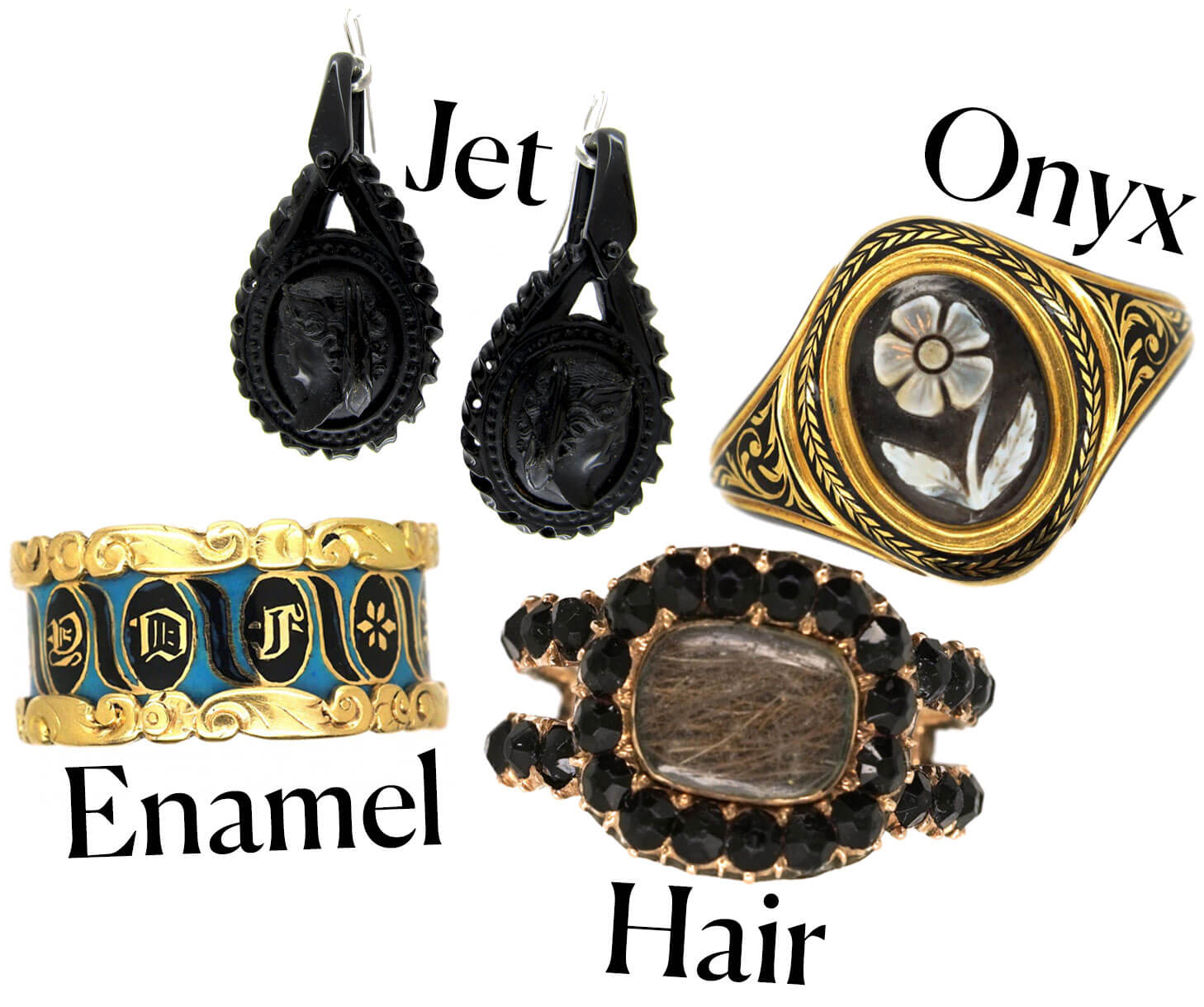
The change in mood is best exemplified in Victoria’s charm bracelets. Victoria popularised the very sentimental (and very modern) charm jewellery. With plenty of opportunity for secret messages, mementos, and keepsakes of those you love, charms were wildly popular. No wonder her charm bracelet after Albert’s death is so different from those previously, it was another way for Victoria to express her internal turmoil.

Ornament
Mid-Victorian jewellery – much like the architecture and furniture of the time – was ornate, heavy and ostentatious. Industry boomed and people became very wealthy overnight. This new wealth was very much on display and designs remained fussy and involved but on a larger scale- it was very “nouveau riche” if you will.
The new electrical light bulbs were said to make coloured gemstones look ‘gaudy’, rendering them less fashionable. However, they made diamonds dazzle brighter and more flatteringly than ever. The discovery of a South African diamond mine boosted the popularity of diamonds even further.
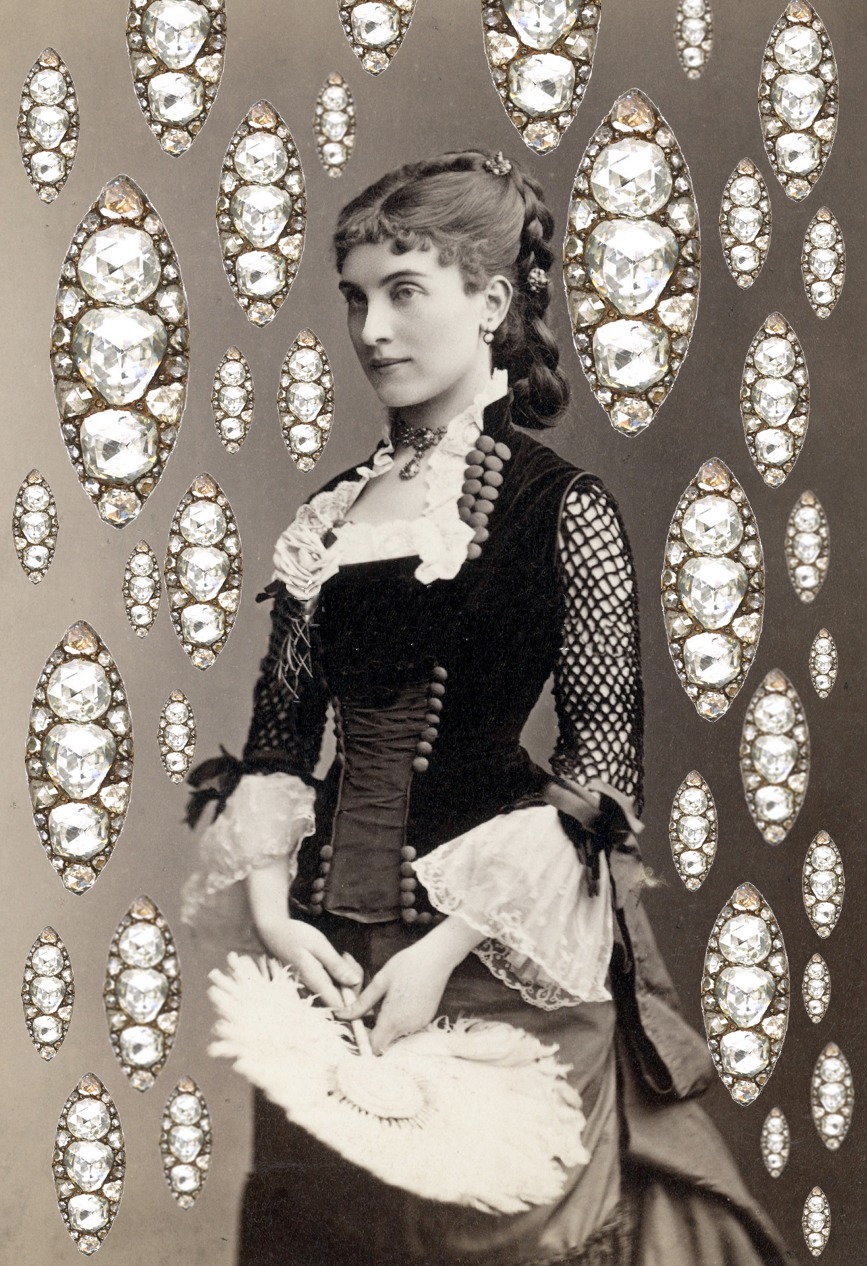
Smooth, cabochon cut stones embedded with small gemstones were typical of this period. Gypsy (or hammer) ring settings were popular, along with heavy pendants, intricately decorated lockets and ornate brooches.
The Aesthetic Period (1885-1901)
Although Queen Victoria mourned the death of her husband until her own death in 1901, the mood of the people became lighter and more joyful around 1885 and the Aesthetic Period began. The people began to rebel against the constraints of the past. Women grew in confidence and gained independence, taking up activities such as golf and bicycling. To be perceived as “a bit naughty” or frivolous was to be perceived as being modern.
Art Nouveau

The ostentatious display of jewellery from the earlier parts of the century was abandoned and diamonds were no longer considered appropriate for daytime. Styles became lighter, prettier, and more practical, in line with modern thinking and a lighter style of dressing. The Art Nouveau era brought in fluid lines and natural motifs to replace all the fuss and pomp of the Grand Period.
Less is More
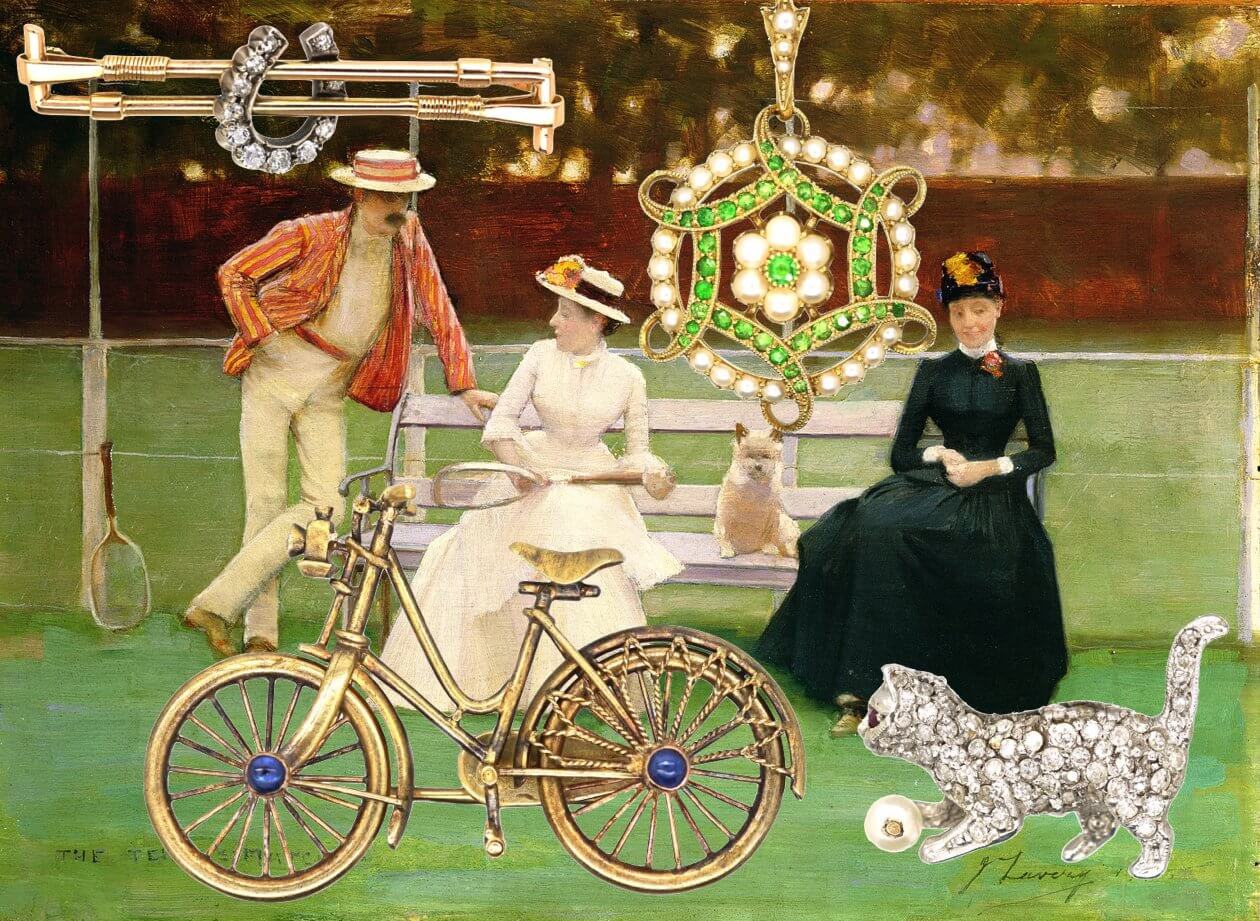
Small pendant earrings were fashionable and stud earrings made a comeback – pearls for day time and diamonds for the evening. Brooches were small and delicate and worn in abundance. Nature, the night sky, and sporting pursuits became popular motifs. Prince Edward’s fondness for horse racing prompted the fashion for the lucky charm, the horseshoe, in charm jewellery.
Princess Alexandra: the new style icon

Edward’s wife and Victoria’s daughter-in-law, Princess Alexandra, was setting trends long before she became queen herself. For example, she wore colliers de chien to hide a scar and the style took off, enduring through the Edwardian era. Diamond riviére necklaces came into fashion, as well as the delicate sautoir necklaces that were so popular in the Edwardian and Art Deco eras.
Men’s Victorian Jewellery
The gentlemen of Victorian society were a far cry from the flamboyant incroyables of the Georgian era. Aside from the occasional love token, men tended to stick to necessary and conservative jewellery only – cufflinks, watch chains and stick pins or tie pins, which enjoyed a huge surge in popularity through this era and evolved from modest pins to rather decorative affairs.
End of an Era
The long, historically significant Victorian era came to an end at the Queen’s death in 1901, and a new transformational period of elegant frivolity – the Edwardian Era – swept in with the new king.



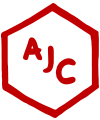 Free Worldwide Delivery
Free Worldwide Delivery View All
View All
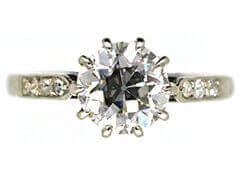 Diamond
Diamond
 Sapphire
Sapphire
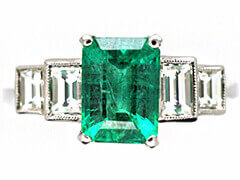 Emerald
Emerald
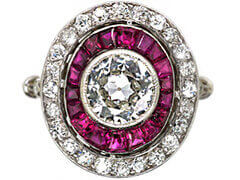 Ruby
Ruby

